
Photo 1: Zoom on the statue of the Immaculate Conception with details of the coats of arms of the Neapolitan noble families - Zoom sulla statua dell'Immacolata concezione con dettagli degli stemmi dei casati nobiliari napoletani

Photo 2: Detail on sculpture decorating obelisk of the Immaculate Conception - Dettaglio su scultura che decora obelisco dell'Immacolata concezione

Photo 3: Characteristic alley of the city of Naples leading to Via Toledo - Characteristic alley of the city of Naples leading to Via Toledo

Photo 4: Large interior view of the church of the new Jesus during a foreign language mass - Ampia veduta all'interno della chiesa del Gesù nuovo durante una messa in lingua straniera
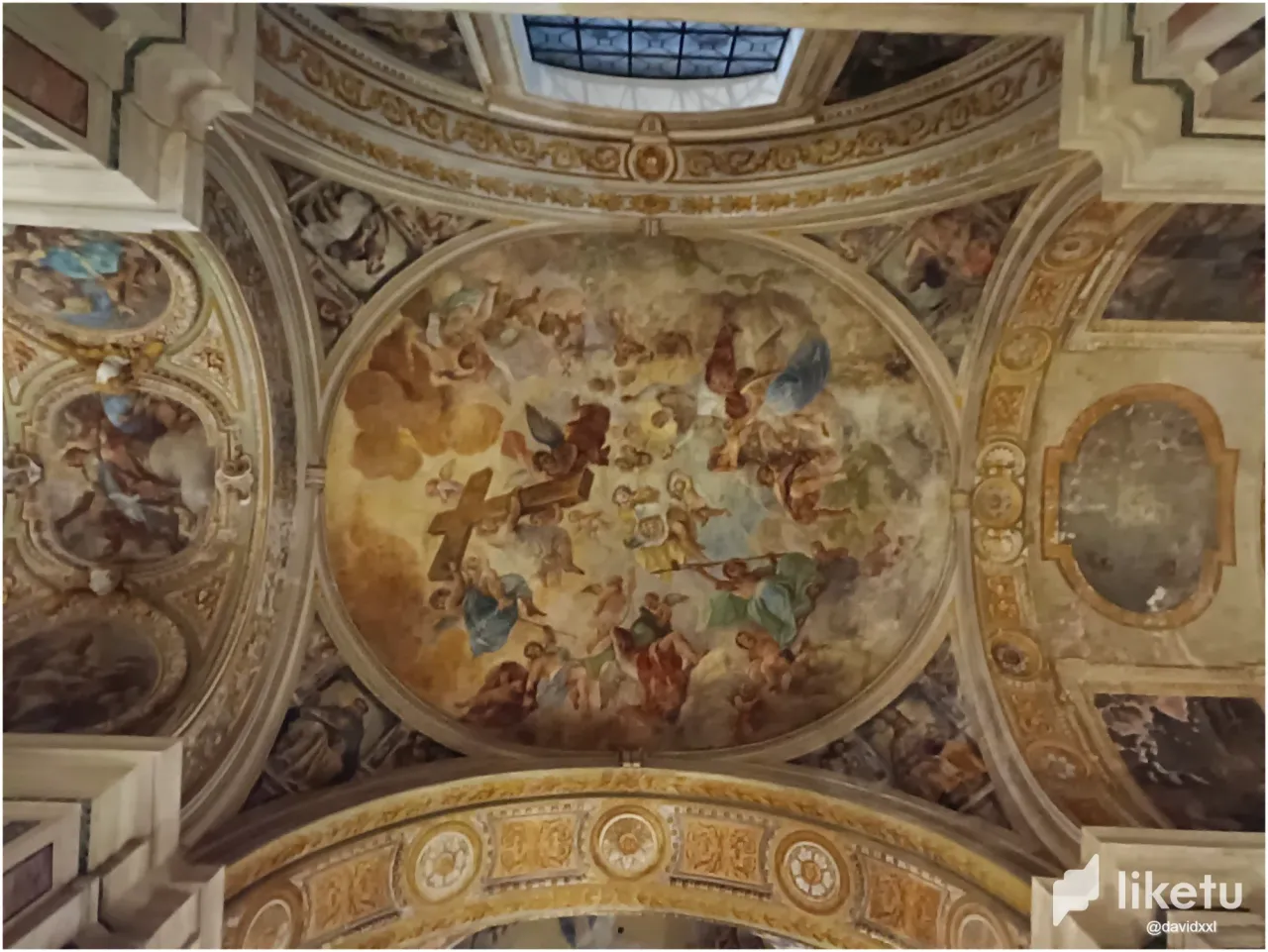
Photo 5: Decorations of the central dome of the church of the new Jesus - Decorazioni della cupola centrale della chiesa del Gesù nuovo
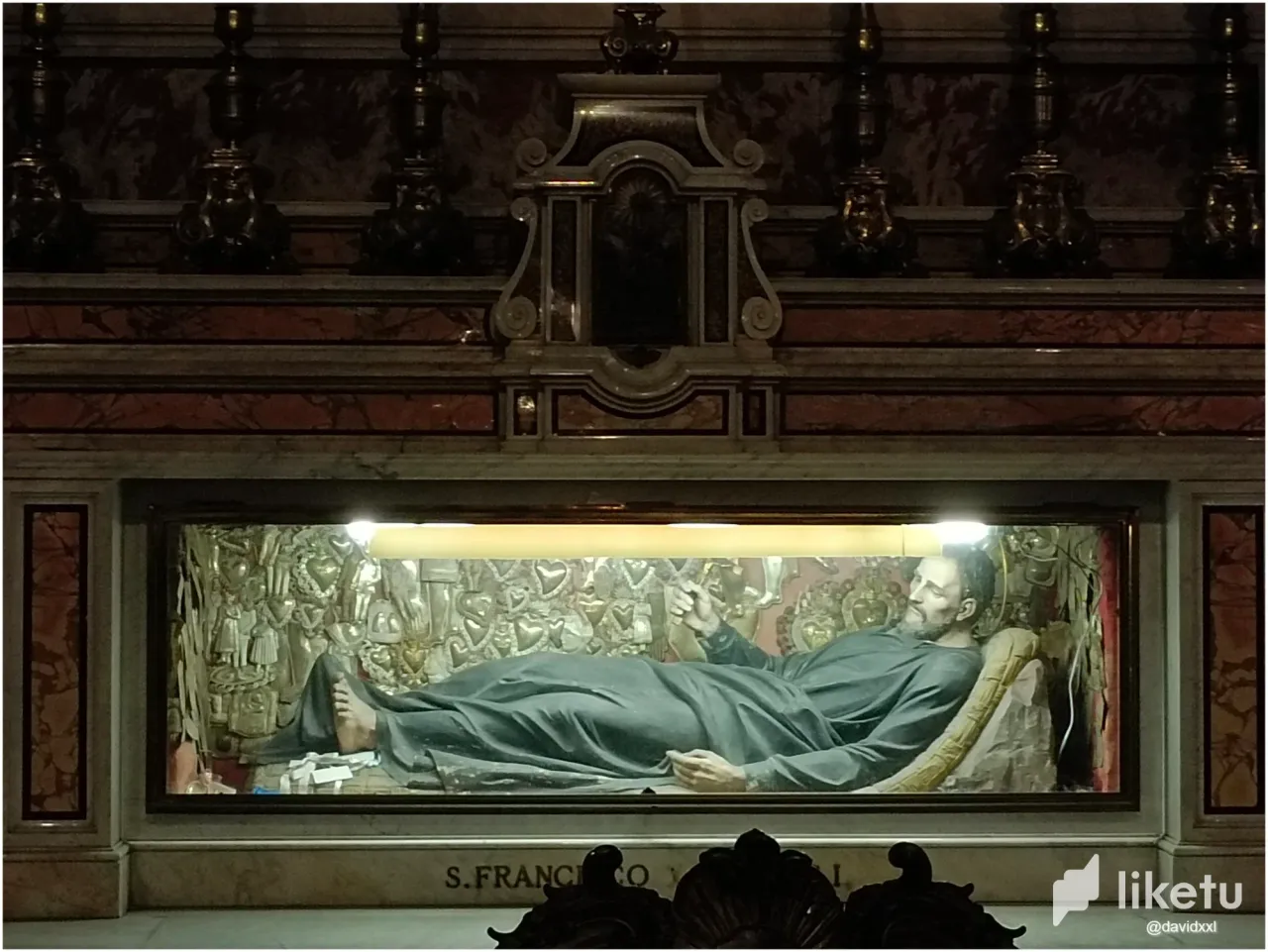
Photo 6: Statua di san Francesco Saverio nell'omonimo cupolone - Statue of Saint Francis Xavier in the homonymous dome
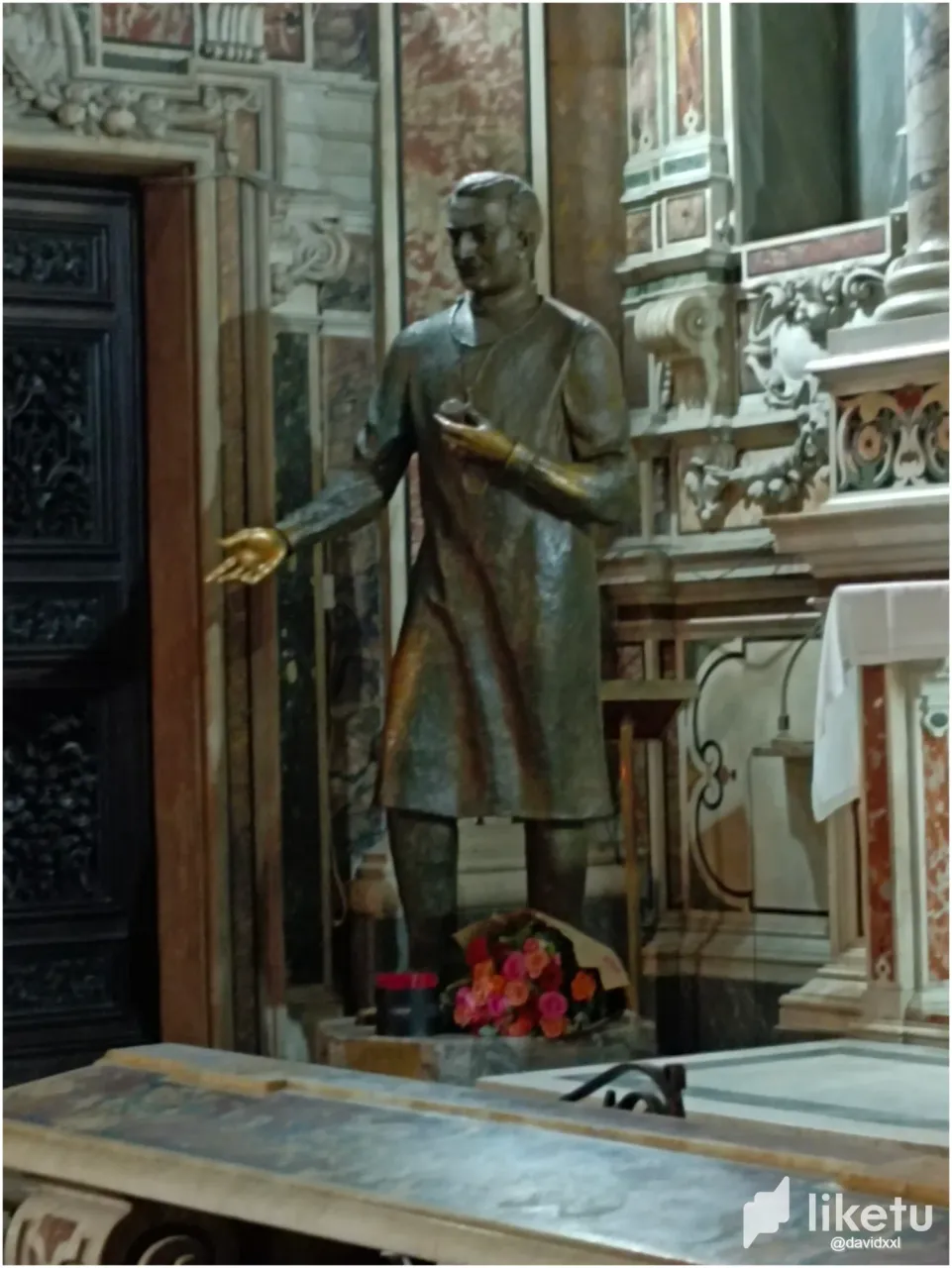
Photo 7: Statue of Saint Giuseppe Moscati in the church of the new Jesus - Statua di san Giuseppe Moscati nella chiesa del Gesù nuovo
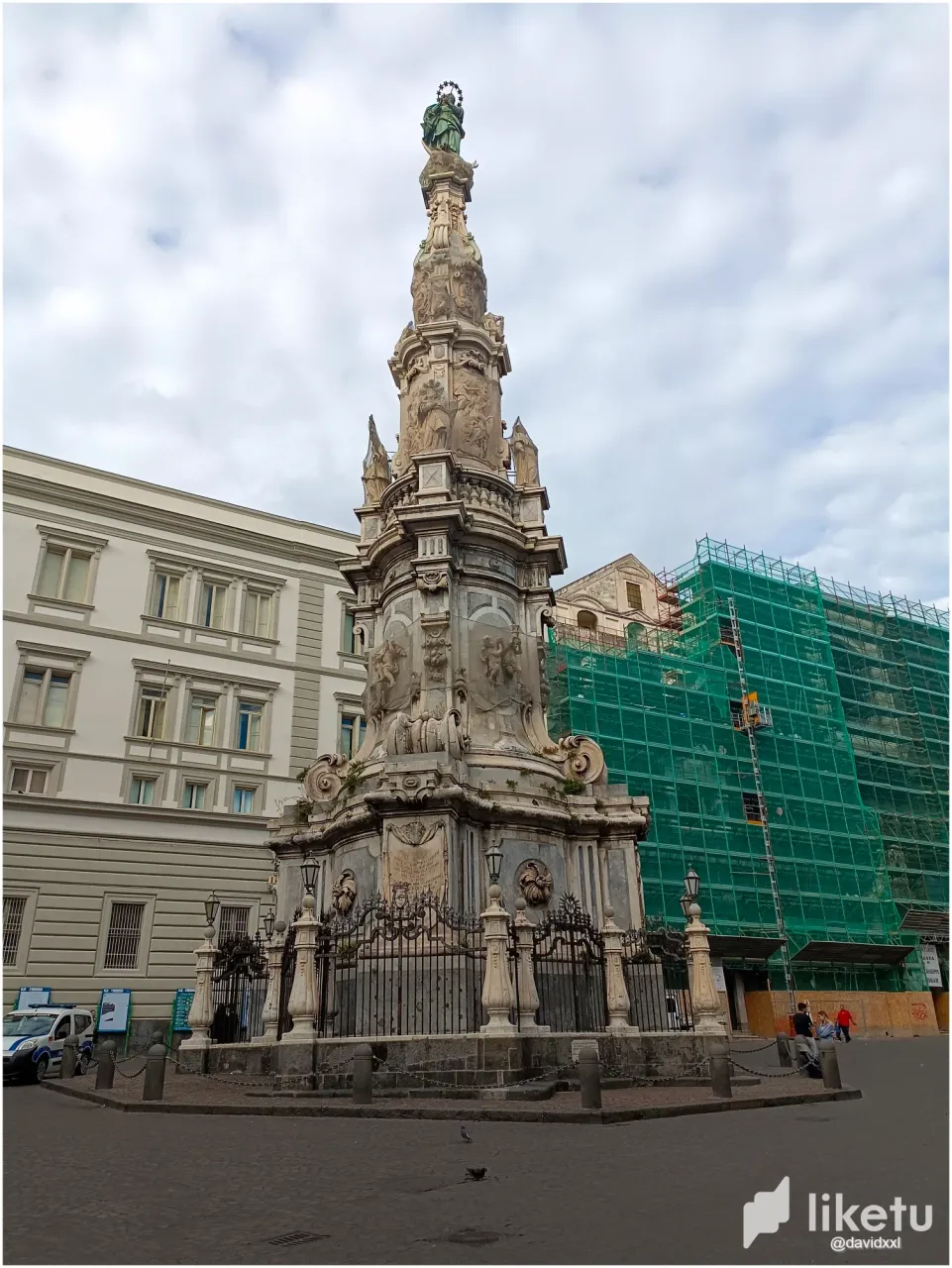
Photo 8: Obelisk of the Immaculate Conception - Obelisco dell'Immacolata concezione
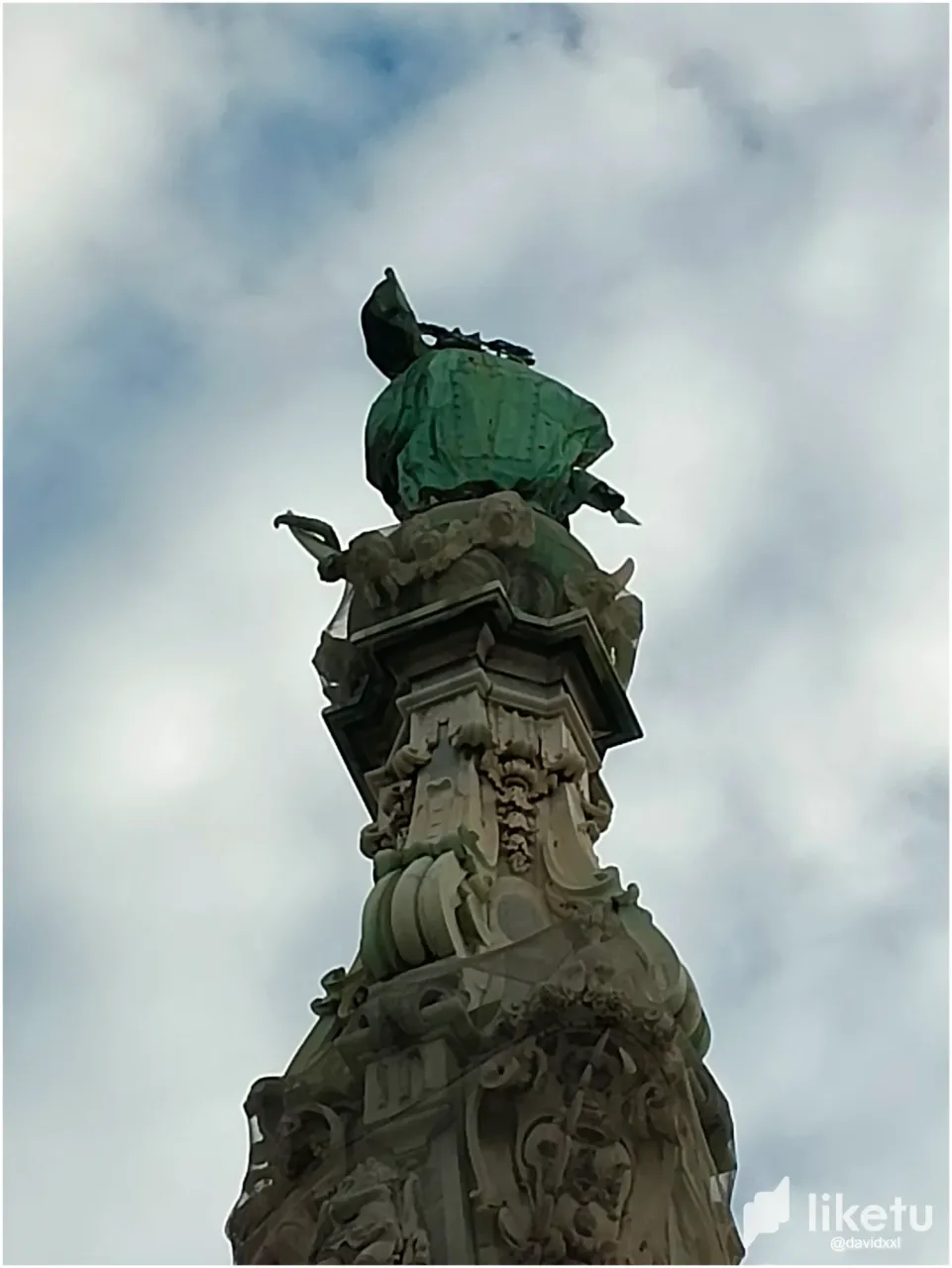
Photo 9: The statue of the Immaculate conception from behind - La statua dell'Immacola concezione da dietro
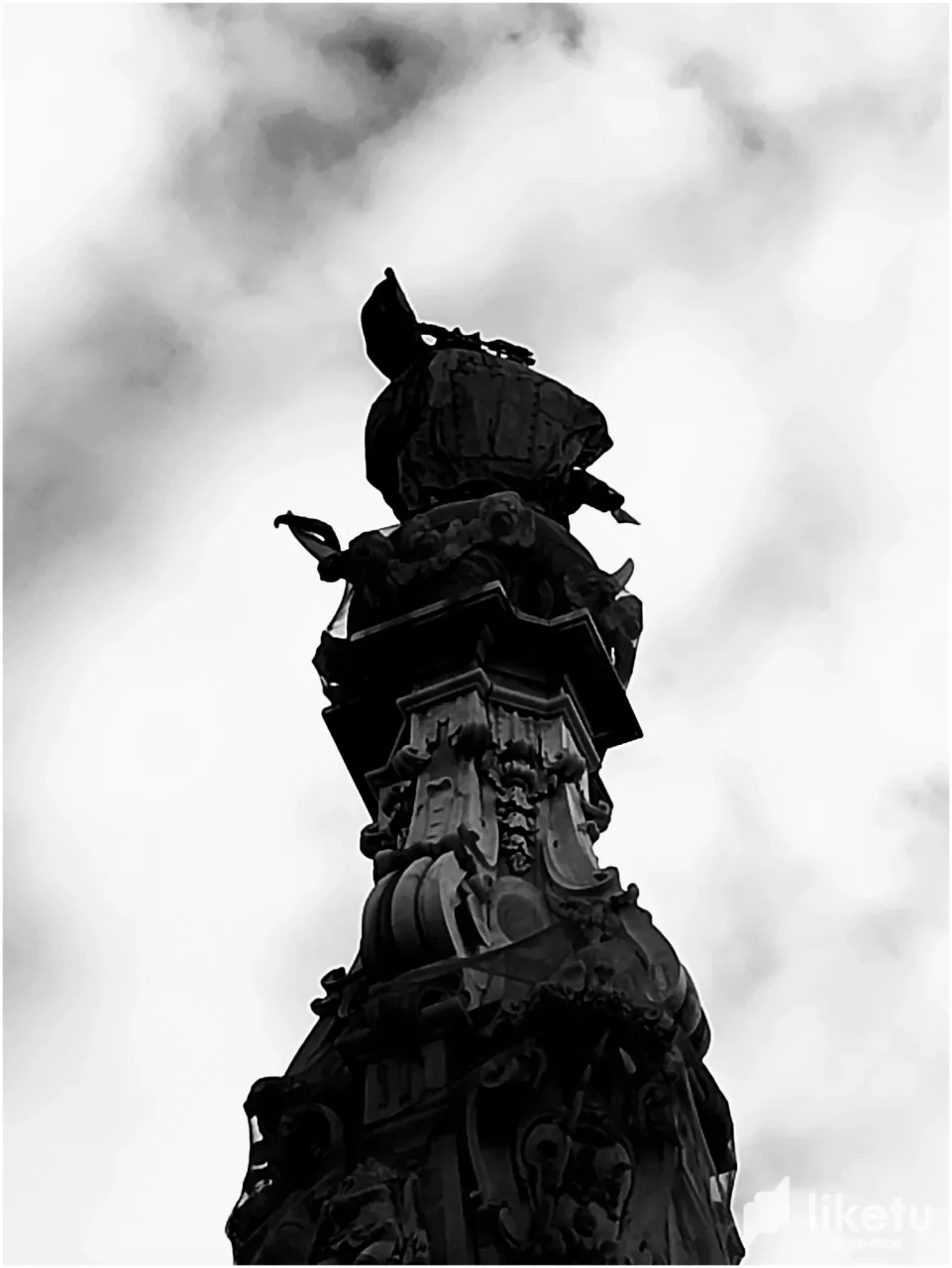
Photo 10: The dark side of the statue of the Immaculate conception - Il lato oscuro della statua dell'Immacola concezione
[English version --> italian following]
Piazza del Gesù is a classic example of a private square of the Neapolitan Renaissance.
In fact, this large and magnificent esplanade was not set up by public will of a ruler but by the will of the prince of Salerno and baron of Cilento Roberto Sanseverino.
He had built a fantastic palace in Renaissance style and bought the square in front of him to ensure that his vision was not hindered by any building in front, in fact, were demolished all the buildings in front.
At the center of the square is the Obelisk of the Immaculate Conception (Photo 1), an example of a work carried out thanks to a popular collection at the behest of the Jesuits of Naples. One of the first examples of what the crowfunding can do and other evidence of how private initiative can give light to a period of obscurantism such as the Middle Ages in Italy. Period characterized by insane dictatorships and decadence of the Italian peninsula marred by foreign invasions.
The spectacular breathtaking obelisk decorated in baroque style by the master sculptors Matteo Bottiglieri and Francesco Pagano was inspired by a spire-shaped allegorical chariot, Central festive structure in the popular religious festivals of the city of Naples that are held in the capital of Naples.
The feast in honor of the Immaculate Conception is celebrated on December 8 when a wreath of flowers is placed on the head of the statue atop the obelisk by a fire wagon.
The work is 22 meters high and is the exact distance from the most beautiful buildings in the square at the behest of the lords of the time who feared its fall following one of the terrifying earthquakes that periodically devastate the region.
The copper statue of the Immaculate Conception is the work of the artist Francesco Pagano also has a dark side (photo 9 and 10) perhaps by the will of the same order of the Jesuits or perhaps to discredit the monks who were the subject of barbaric persecution. In the nights of full moon with veiling of the sky reveals, looking at the statue from behind, the silhouette of the "black death". The order reminded people so that they would not lose themselves too much in pomp and wickedness and dedicated their goods and their lives in merciful works to, precisely, take care of their passage into the underworld.
Following the fall of the dynasty of the prince of Sanseverino, the palace behind the obelisk of the Immaculate Conception was acquired by the Jesuit order and they built the new Church of Jesus that gave its name to the square. In photos 2 and 8 you see it covered with scaffolding but, as soon as the restoration is completed, I will dedicate a post all to its characteristic esoteric facade. In the church there are magnificent statues of San Francesco Saverio and San Giuseppe Moscati (photo 6 and 7).
[Versione in italiano]
Piazza del Gesù è un esempio classico di piazza privata del rinascimento napoletano.
Infatti, questo ampio e magnifico spiazzale non fu allestito per volontà pubblica di un regnante ma per volontà del principe di Salerno e barone del Cilento Roberto Sanseverino.
Egli aveva edificato un fantastico palazzo in stile rinascimentale ed acquistato lo spiazzale antistante per far si che la sua visione non fosse ostacolata da nessun edificio antistante, infatti, furono abbattutte tutte le costruzioni antistanti.
Al centro della piazza c'è l'obelisco dell'Immacolata concezione (photo 1), un esempio di opera realizzata grazie ad una colletta popolare su volontà dell'ordine dei gesuiti di Napoli. Uno dei primi esempi di quel che può fare il crowfunding e altra testimonianza di come l'iniziativa privata può dare luce ad un periodo di oscurantismo quale fu il Medioevo in Italia. Periodo caratterizzato da insane dittature e decadenza della penisola italiana funestata da invasioni straniere.
Lo spettacolare obelisco mozzafiato decorato in stile barocco dai maestri scultori Matteo Bottiglieri e Francesco Pagano era ispirato ad un carro allegorico a forma di guglia, struttura festiva centrale nelle feste popolari religiose della città di Napoli che si tengono nel capoluogo partenopeo.
La festa in onore dell'Immacolata concezione viene celebrata l'8 dicembre giorno in cui una corona di fiori viene posta sul capo della statua in cima all'obelisco da un carro dei pompieri.
L'opera è alta 22 metri ed è la distanza esatta dai palazzi più belli della piazza per volere dei signori dell'epoca che temevono la sua caduta in seguito ad uno dei terrificanti terremoti che funestano periodicamente la regione.
La statua in rame dell'Immacolata concezione è opera dell'artista Francesco Pagano ha anche un lato oscuro (photo 9 e 10) forse per volontà dello stesso ordine dei gesuiti o forse per screditare i monaci che furono oggetto di barbare persecuzioni. Nelle notti di luna piena con velatura del cielo rivela, guardando la statua da dietro, la sagoma della "morte nera". L'ordine lo ricordava alle persone per far si che non si perdessero troppo in sfarzi e cattiverie e dedicassero i loro beni e la loro vita in opere misericordiose per, appunto, curare il loro passaggio nell'oltretomba.
In seguito alla caduta della dinastia del principe di Sanseverino il palazzo che si vede dietro all'obelisco dell'Immacolata Concezione fu acquisito dall'ordine dei gesuiti e vi costruirono la Chiesa del Gesù nuovo che diede il nome alla piazza. Nelle foto 2 e 8 la si vede ricoperta da impalcatura ma, non appena il restauro sarà completato, dedicherò un post tutto alla sua caratterista facciata esoterica. Nella chiesa si conservano delle magnifiche statue di san Francesco Saverio e di san Giuseppe Moscati (photo 6 e 7).
